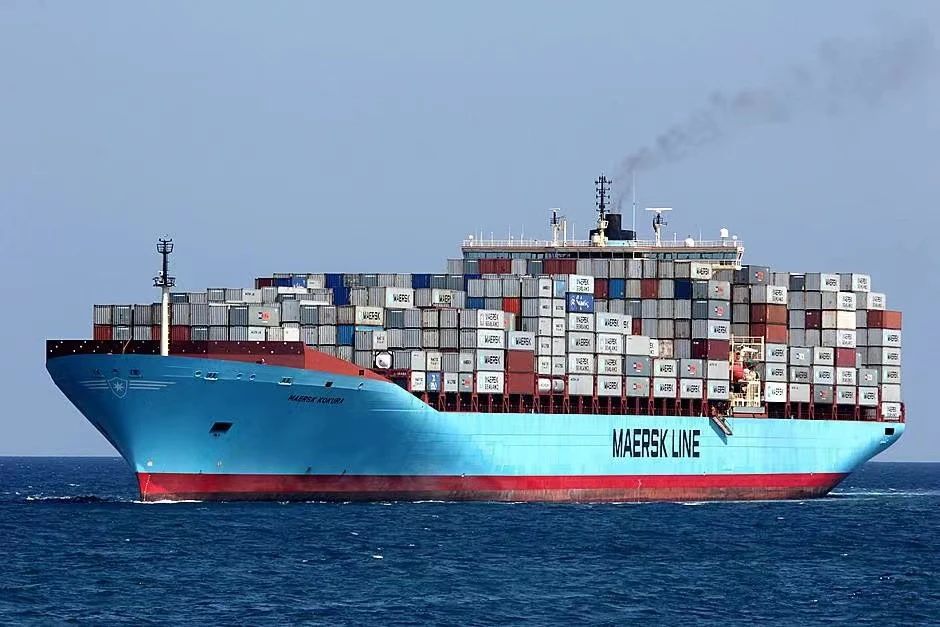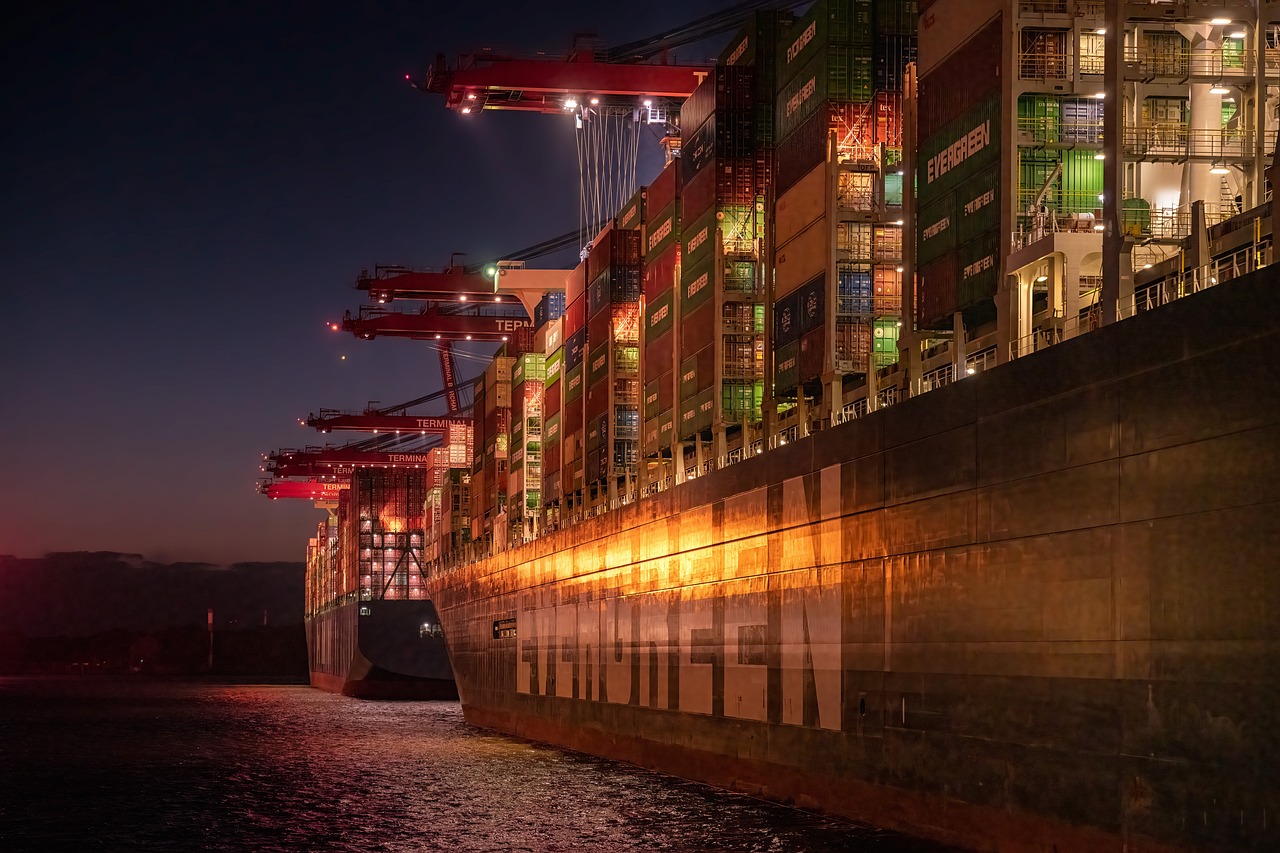After the United States and the United Kingdom jointly launched successive large-scale attacks on Yemen, the situation in the Red Sea region not only did not stop, but became more and more serious. Market observers noted that attacks on the company could prolong decisions to open further Red Sea routes, which would cause the costs of the crisis to soar.
The number of container ships passing through the Red Sea in and out of the Suez Canal fell by 90% in the first week of January compared with the same period last year, according to data from Ship & Company Clarkson. If the Red Sea trade route is disrupted, it could lead to a return to global flooding.
Shipping companies’ detours around the Cape of Good Hope have led to increased transportation costs, and container prices on some Asia-Europe routes have recently soared by nearly 600%. (Click to view: Focus | Freight prices soared by 600% to US$10,000?! Is the global distressed market okay?). At the same time, freight rates in the US market have also risen surprisingly recently, with an increase of nearly 50%!
JPMorgan Chase warned that if global shipping costs continue to rise, it will lead to higher commodity prices and consumer price index may increase in the coming months.

U.S. shipping costs are skyrocketing
The Red Sea crisis has intensified, and freight rates in Europe and the United States have risen wildly. According to the latest Shanghai Export Container Freight Index SCFI data, U.S. line freight rates soared by more than 40%, and European line prices soared by more than 10%, pushing the SCFI index to rise for seven consecutive weeks, breaking through the 2,200-point mark in one fell swoop. Since December 2023, the price increase effect in the Red Sea region has caused freight rates on the European line to surge by more than 2.6 times, and freight rates on the American line soared by 1.4 times.
The latest data from the Shanghai Shipping Exchange shows that on January 12, the Shanghai export container comprehensive freight index was 2206.03 points, an increase of 16.3% from the previous period.
Affected by the efficiency of the navigation of the Panama Canal, the shortage of shipping capacity on the North American route has intensified, and the freight rate of the container market on the North American route has also soared, rising by nearly 50% in a single week.
On January 12, the market freight rate (shipping and shipping surcharges) for exports from Shanghai Port to the basic port in the western United States was 3,974 US dollars/FEU, an increase of 43.2% from the previous period. The market freight rate for exports from Shanghai Port to the basic port in the eastern United States was (Sea freight and sea freight surcharges) was US$5,813/FEU, an increase of 47.9% from the previous period.
While freight rates on the U.S. line began to rise sharply, the rate of increase on the European line fell back after experiencing sharp increases for several consecutive weeks. Data from the Shanghai Shipping Exchange shows that on January 12, the market freight rates (shipping and shipping surcharges) exported from Shanghai Port to European and Mediterranean basic ports were US$3,103/TEU and US$4,037/TEU, up 8.1% and 8.1% respectively from the previous period. 11.5%.
Although the latest increase in freight rates on the Europe-Europe route is not as exaggerated as before, as the situation in the Red Sea continues to escalate, the cost of shipping ships from Asia to Northern Europe and the Mediterranean is also increasing, and the increase in freight rates may continue for a long time.
The increase in freight rates will also spill over to major routes
Regarding the impact on the shipping industry, industry insiders admit that the Red Sea crisis has caused the operation of the European line to turn from a loss to a profit, while the American line, which was originally profitable, has made more profits. This crisis involves great power competition, multinational economic interests, and religious factors. It is full of variables and difficult to resolve in the short term.
A large number of ships from Asia to Europe and the East United States will detour around the Cape of Good Hope until the first quarter or even the first half of the year. This helps maintain high freight rates and absorb excess capacity. However, as time goes by, freight rate increases may be limited, and the key lies in the supply and demand situation in the market. Only when freight rates match cargo volumes can freight rate increases be sustained.
Peter Sand, chief analyst of freight platform Xeneta, said recently: “The longer this crisis lasts, the greater the disruption to global shipping will be, and costs will continue to rise. Before any form of solution is reached, this crisis is expected to It will last for months, not just weeks or days.”
Europe has been continuously affected by the Russia-Ukraine conflict and the Red Sea crisis. Its economic performance is not as good as expected and demand appears weak. In contrast, the U.S. economy is more likely to achieve a soft landing, and people continue to consume, which provides opportunities for U.S. line freight rates. Support and continue to rise. Therefore, many shipping companies and freight forwarding practitioners predict that the American Line will become the main source of profit for shipping companies.
The recovery of demand in Europe and the United States will generally become clearer after the Lunar New Year and in March. If the U.S. cuts interest rates and inflation is under control, demand is expected to pick up.
Currently, many shipping companies and freight forwarding practitioners expect the Red Sea crisis to last longer. Previously, shipping companies had decided to continue to circumnavigate the Cape of Good Hope, which added nearly two to three weeks to the round trip from Asia to Europe. Counting from mid-December 2023, when the world’s major shipping companies successively suspended passage of the Red Sea, the industry estimates that Asia may experience a shortage of ships and containers starting in the second half of January. The increase in freight rates will also spill over to major shipping routes.
